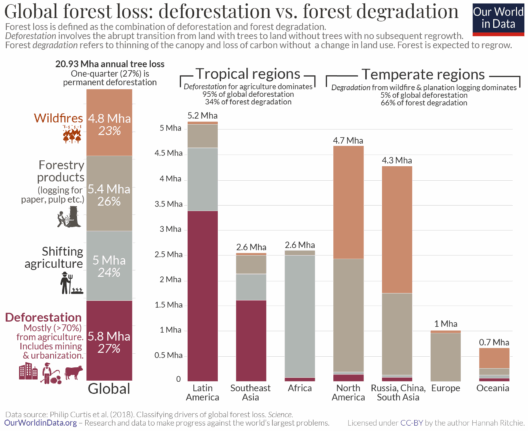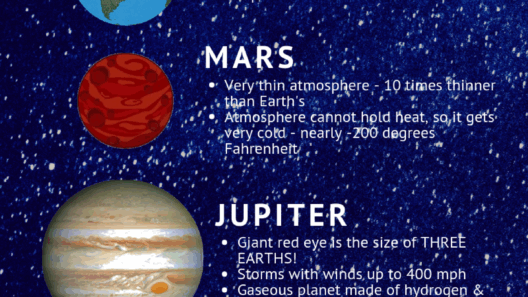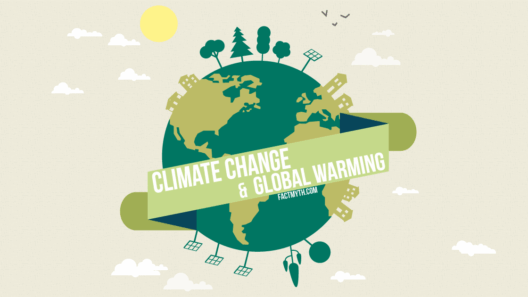The Northeast region of the United States is a tapestry woven from the threads of diverse climatic influences. From the wintry embrace of colonial days to the contemporary urban heat islands, the climate here presents a narrative of evolution and adaptation. As one traverses from the craggy terrain of New England to the bustling streets of metropolitan hubs, one encounters a myriad of weather patterns that reflect both natural phenomena and human intervention.
In the colonial era, the climate of the Northeast was characterized by its temperate zone, where warm summers kissed the cool breezes of maritime air. This climatic archetype fostered an agricultural society reliant on the rhythm of the seasons. The frigid winters, marked by heavy snowfall and biting winds, were formidable yet vital. They dictated not just the pace of life but also the architecture of habitation—homes were constructed with thick walls and small windows, a testament to the need for insulation against the raging blizzards.
As the leaves turned crimson and gold in the fall, the residents of the era celebrated the bounty of harvest, a reflection of their adaptation to the cyclical nature of weather. Autumn, with its crisp air and brilliant foliage, served as both an end and a beginning—a time for stockpiling resources and preparing for the inevitable harshness of winter. This seasonal ballet shaped cultural practices, imbued a sense of community, and influenced the region’s economy, infusing it with resilience and innovation.
Fast forward to the modern age, and the climate narrative of the Northeast has transformed dramatically. Urbanization has exacerbated the heat intensity in metropolitan areas, creating veritable heat islands. Cities like New York and Boston now experience inflated temperature spikes due to concrete jungles that trap heat, contrasting sharply with the pastoral landscapes familiar to early colonists. These urban centers, while bustling with opportunity, grapple with the paradox of both climate-induced comfort and discomfort.
Globally, temperatures have risen, and the Northeast is not insulated from these changes. Increased humidity and precipitation are manifestations of a complex climate system reacting to human activity. This region has witnessed a significant uptick in severe weather events, including torrential rains, storms, and flooding. The very rivers that once nurtured the land now threaten to overflow their banks, catapulting communities into chaos. In the shadow of climate change, the Northeast stands at a critical juncture, where the balance between nature and human expansion is increasingly precarious.
Moreover, the Northeast is encountering an unsettling increase in warmer winters—a phenomenon that disrupts the habitual cycles of flora and fauna. The snow that once blanketed the ground like a soft quilt has transitioned to sporadic flurries, impacting the habitats of wildlife that depend on winter’s chill for survival. The region’s natural ecosystems are trembling under the weight of change; species migration patterns shift, food webs unravel, and the very essence of seasonal identity becomes blurred.
In terms of precipitation, the Northeast has become a veritable cauldron of climate variance. Rainfall is no longer a gentle drizzle; instead, it often arrives in torrents, leading to pronounced flooding. This deluge is a stark reminder of the Earth’s imbalance, compelling agricultural sectors to adapt their practices, and prompting municipalities to rethink infrastructure resilience. Flood defense systems, green roofs, and permeable pavements are emerging as the ultimatums to combat nature’s newfound fury.
Yet, amidst the daunting realities of climate change, the Northeast’s charm remains. The contrast between its bucolic landscapes and urban vistas creates an eclectic tableau. The verdant rolling hills of Vermont might evoke nostalgia, while the skyline of Manhattan encapsulates human ingenuity. This dichotomy not only appeals to the eye but serves as a powerful metaphor: resilience amidst relentless change. Communities are rallying—from activists reminding us of our environmental duties to policymakers engaging in dialogues about sustainability.
Moreover, the strength of Northeast residents lies in their historical roots. The legacy of colonial perseverance endures, rekindling a sense of responsibility towards the environment. From grassroots initiatives restoring natural habitats to technological innovations aimed at energy efficiency, there is a collective impetus towards sustainable living. These efforts echo the resounding truth that, while change may be inevitable, agency resides in our ability to respond.
As the seasons continue to evolve under the specter of climate change, it becomes increasingly paramount to cherish and protect the Northeast’s unique character. The symphony of weather, the stories of resilience, and the ongoing battle against climate adversity compose a narrative deserving of reverence. Each snowflake, each summer breeze, and each autumn leaf contributes to a legacy that transcends time—it is a reflection of both nature’s artistry and human tenacity.
Looking ahead, the Northeast can forge a path of sustainability, ensuring that the climates of past and future harmonize rather than clash. The echoes of history remind us that we are not merely passive recipients of climatic whims; we are willing participants in a complex dance with nature. Advocating for policies that mitigate climate change and prioritize environmental stewardship is not just necessary; it is an homage to those who tilled the land before us. The climate in the Northeast, from its colonial cool to its contemporary city heat, embodies a narrative of interconnection—one that requires collective awareness and action as we strive for a more harmonious exist in concert with our environment.







